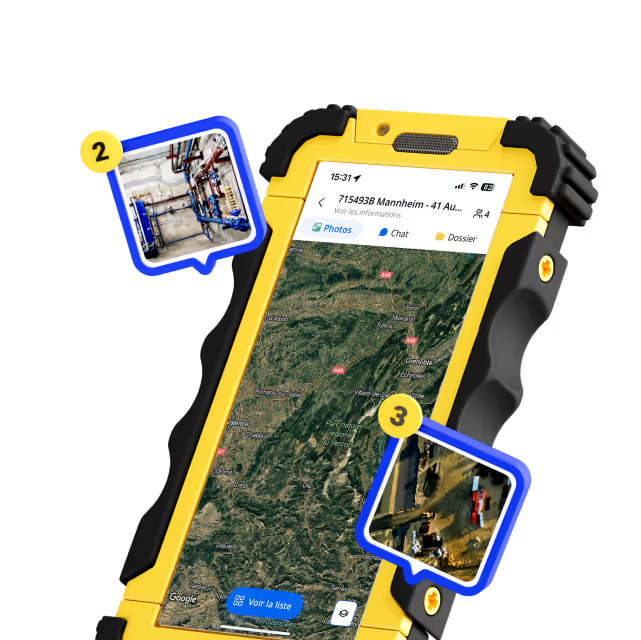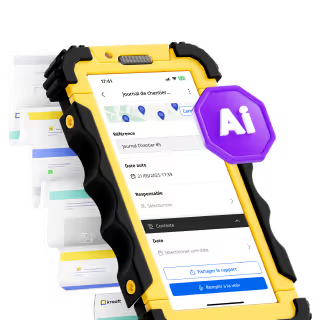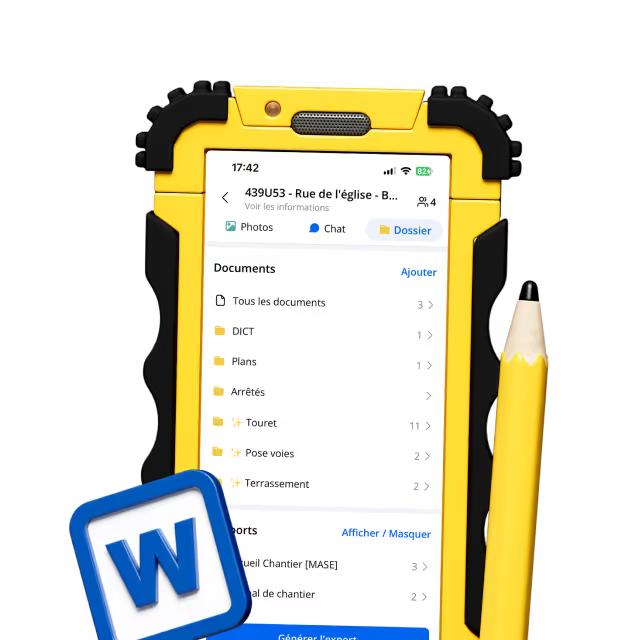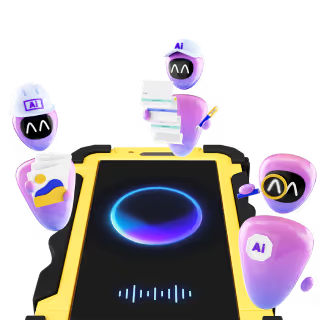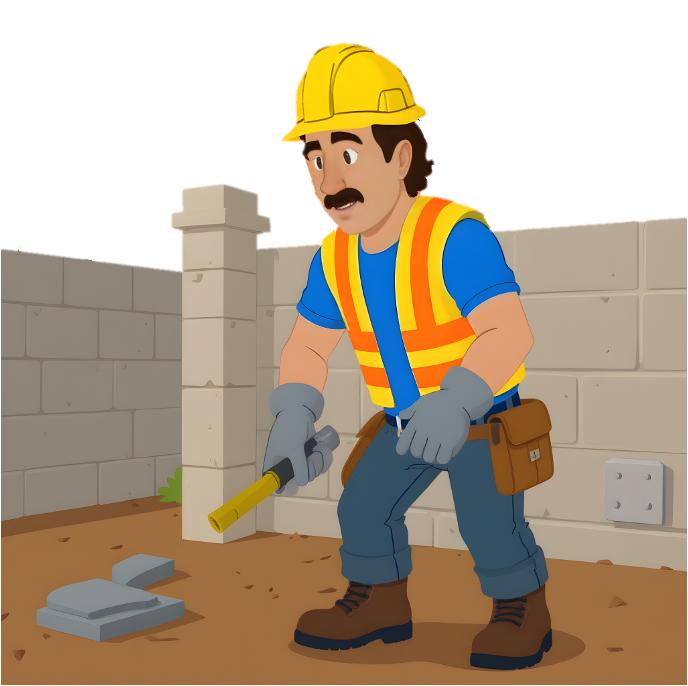Best Construction Software for Plumbing Companies (2025 Guide)

Plumbing contractors juggle scheduling, job documentation, materials, budgeting, and emergency service calls—often all in the same day. When plans, work orders, and communication happen across texts, paper notes, and spreadsheets, it becomes easy for jobs to fall behind or details to get lost.
Construction software built for plumbing companies centralizes scheduling, documentation, and field communication in one place. With mobile tools designed for crews on the move, teams can complete work faster, reduce administrative workload, and keep every project organized from estimate to final invoice.
As more plumbing teams adopt digital project management, those using modern, mobile-first tools gain a clear advantage in delivering consistent, high-quality work.
Why Plumbing Teams Use Construction Software
Plumbing projects move quickly and require real-time coordination. Construction software helps teams:
- Assign jobs and dispatch techs efficiently
- Track project progress and daily work reports
- Document work with photos and notes for accountability
- Estimate material + labor costs accurately
- Keep communication aligned across the field and office
The result: fewer delays, clearer workflows, and more predictable project margins.
Key Features to Look For
1. Project & Job Management
Centralizes job details, timelines, change orders, and work status updates.
Helps supervisors track progress and shift resources when needed.
2. Estimating & Bidding
Automates material takeoffs, labor assumptions, and markups.
Keeps bids competitive and budgets realistic.
3. Scheduling & Dispatching
Assigns technicians based on skills, workload, and location.
Mobile notifications keep crews informed in real time.
4. Field Communication & Photo Documentation
Mobile-first messaging + before/after photos help prove work quality and avoid disputes.
And if communication on the job site is still happening in text chats, we recently wrote about tools that help organize that without adding complexity.
5. Inventory & Equipment Tracking
Prevents material shortages, lost tools, and project delays.
Supports barcode/RFID scanning for stockrooms and vehicles.
6. Integrations with Accounting & CRM
Ensures cost, invoice, and job data sync across the business.
Top Construction Software Options for Plumbing Teams
Kraaft
Best for: Plumbing teams that need simple, reliable field communication and job reporting
Key strengths: Mobile-first app, geotagged photos, daily job logs, works offline
ServiceTitan
Best for: Mid-to-large plumbing companies with high service call volume
Key strengths: Call booking, invoicing, memberships, customer portal, marketing tools
Jobber
Best for: Small plumbing teams needing straightforward scheduling and dispatch
Key strengths: Technician scheduling, quotes, basic invoicing
Buildertrend
Best for: Plumbing teams working in renovation or residential construction projects
Key strengths: Client portal, project schedule tracking, document sharing
CompanyCam
Best for: Teams that rely heavily on visual documentation
Key strengths: Before/after photos, tagging, centralized project photo library
Procore
Best for: Larger contractors managing multi-trade construction projects
Key strengths: Complete project management suite, compliance documentation, reporting
No one platform fits every plumbing business. The right choice depends on your job types, team size, and workflows.
Benefits of Using Construction Software in Plumbing Projects
Improved Efficiency
Automates scheduling, reporting, and documentation—reducing admin work and job delays.
Better Collaboration
Centralizes job details, photos, and updates so the field and office always work from the same source of truth.
Stronger Cost Control
Real-time budget tracking prevents overruns and protects margins.
How to Choose the Right Software
When comparing software options, focus on how well each tool fits the way your team already works — especially in the field.
1. Team Size
Smaller teams may prefer simpler tools. Larger teams often need more advanced scheduling and reporting.
2. Type of Work
Service calls, renovation, commercial, and maintenance all require different workflows.
Choose a tool that supports the majority of the jobs you perform.
3. Offline Capability
Many plumbing job sites have limited connectivity.
Make sure the mobile app works without network access.
4. Ease of Use for Field Teams
If technicians don’t use the software, it doesn’t matter how powerful it is.
Prioritize simple, mobile-first interfaces.
5. Integrations
Check whether the software connects with your accounting, CRM, or invoicing tools (QuickBooks, Sage, etc.).
This reduces double data entry and admin time.
6. Pricing Model
Some platforms charge per user, others per project or per feature.
Pick a plan that scales realistically with your business.
Conclusion
Construction software helps plumbing contractors reduce administrative load, tighten communication, and execute work more consistently. The best tool is the one your crew actually uses—especially in the field.
If your team needs something simple, mobile-first, and built for jobsite coordination, you may want to explore a field-communication platform like Kraaft.
→ Learn more
→ See real customer workflows





